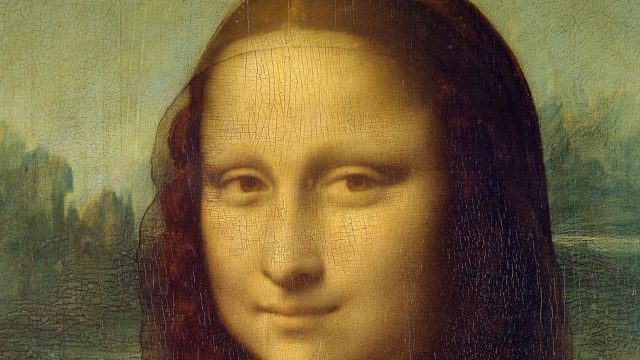Respect For The Art
The great artists know what you can and cannot do with what they’re working with. The medium they choose – film, television, sculpture, books, music – has things it can do, things it can’t do, and things it can do but not particularly well. The genre they choose has rules, expectations, history. An actor, a material, a camera, a paint, a guitar, a word; these all have their uses. The great artists can drop a stone and know when it’s going to fall and when it’s going to float to the ceiling. Even when they’re doing something that goes against tradition or are intentionally creating abrasiveness, they’re doing it for a specific effect; even when they’re intentionally creating messy and unstructured work, they keep the rules and a gentle structure in mind.
A Puzzle To Solve
Great artists do not just make art for its own sake. That instinct is one necessary part of being the artist (that’s the respect for the art), but there needs to be something else too. The spark of inspiration has been mythologised into something magical, and there is an extent to which it is, but it’s also rooted in the artist stumbling across some kind of problem that can be resolved through the creation of art. An ethical conundrum, in which the artist uses their art to see different points of view on the same question to see who is right. A therapeutic attempt to stabilise the artist’s emotional state by expressing it in a public setting. A structural experiment in which the artist is trying different things with the art to see what effect they have. This is what makes art feel necessary and often what makes it feel unique.
Fearlessness
An artist solves that puzzle with unfettered focus. They make no attempt to rationalise, justify, explain, or apologise for the art they’re trying to make; if they’re not interested in making something realistic, they don’t load the work up with half-assed explanations trying to get the people into down-to-earth realism on their side. Conversely, if their goal is making something brutally realistic, they’re not going to tone down necessary beats purely to throw a bone to the members of the audience looking for a happy ending. The other side of this fearlessness is that the artist also doesn’t amplify the qualities of their work purely to antagonise their critics; the great artist does what’s necessary for the work, no more, no less.
Curiosity About Other People
A great artist is always searching other people for solutions to their problem. They recognise that there’s only so much they can know on their own – only so much that pure invention and reasoning can carry them through the world. They actively sift through the information of the world; this doesn’t mean that they’re a People Person or they’re tolerant of Bad People or whatever, it means they are not just willing to learn from others but go out of their way to see different ways of doing things. In stories, this is often reflected by vivid side and minor characters. This attitude is what stops an artist disappearing up their own ass and bouncing around the same few ideas until they’re run dry; a great artist sees people as existing beyond their immediate short-term purpose.
The greatness of an artist isn’t just in these traits, but in how they interact. Curiosity on its own is diffuse; an artist who only has that will be unstable and have a habit of going down blind alleys with no sense of purpose, simply reacting to whatever is happening around them. It’s the need for a puzzle that can keep the artist moving forward in something resembling a straight line, picking and choosing the information they pick up in order to solve the problem they chose. Fearlessness can be arrogance, a needlessly destructive force that can leave the artists spinning in a tedious circle; the presence of curiosity balances that out and gives the artist tools to express themselves without needless damage to others. A puzzle can leave a work closed off to all but those interested in the puzzle being solved; respect for the art is what allows that puzzle to be universally appreciated.
I also believe that when we recognise an artist as having potential for greatness, what we’re really seeing is someone who has leaned in hard on one or more of these traits and put limited to no effort into another. Zack Snyder has tremendous respect for the visual parts of cinema and a genuine fearlessness in putting his vision out there, and I honestly think he’s just curious enough about others to pass muster, but he has limited respect for story structure or sound design. Law & Order: SVU has tremendous respect for the medium, a monomaniacal focus on solving its puzzle, and absolute fearlessness in chasing it, but its curiosity for other people extends only as far as their utility for others. Of course, every person has strengths and weaknesses, but a Great Artist must possess (pursue?) all four traits with equal fervour to achieve that magical sense of being Great.

